Modern cities are evolution engines. Urban snails in the Netherlands and lizards in Los Angeles have developed lighter shells and larger scales to cope with the heat island effect, where temperatures can be several degrees above the surrounding area.
Artificial light makes an artificial dawn, shifting the time when birds sing, and has prompted urban bridge-dwelling spiders to develop an attraction to light, whereas ermine moths are losing theirs altogether. A mutation in the so-called “daredevil gene”, also found in downhill skiers and snowboarders, is making urban swans bolder and more tolerant of humans.
Our urban environments are pushing many species to reimagine their bodies and behaviours to suit municipal living; but some are also reimagining our cities. There’s lots to learn from how nature adapts to city life.
Get your news from actual experts, straight to your inbox. Sign up to our daily newsletter to receive all The Conversation UK’s latest coverage of news and research, from politics and business to the arts and sciences.
Anti-bird spikes are a hostile architecture for wildlife, designed to keep messy nature away from buildings. Yet, crows and magpies in Rotterdam, Antwerp and Glasgow strip the spikes away and use them to make their nests.
It’s difficult to imagine finding ease in a nest that has all the comfort of a tangled ball of wire, but the birds occupy them contentedly, improvising shelter from materials intended to exclude.
Evolutionary biologists call this process “exaptation”. For example, feathers originally evolved to keep bird-like dinosaurs like Archaeopteryx warm. These feathers were adaptations to colder temperatures and only later repurposed, or exapted, to allow flight.
Exaptation places repurposing at the heart of evolution; what if we were to design our homes on the same basis?
Repurposing waste
The Waste House is a two-storey model home in Brighton, made almost entirely from household and construction waste. When I visited the Waste House while researching my book, Nature’s Genius: Evolution’s Lessons for a Changing Planet, I loved the sense of possibility found in a staircase made of compressed paper or carpet tiles lapped like slates round its outside walls.
But what lingered most vividly were the little windows built into the inside walls, showing what materials they’d used as insulation: old duvets and bicycle inner tubes, and in one window a library of DVDs. One of these was a copy of Groundhog Day – a film where the same day repeats on an endless loop.

Hassocks5489/Wikimedia, CC BY-NC-ND
We’re similarly stuck in a rigid pattern of extraction, consumption and waste that plays again and again, day after day. But rather than a loop, this pattern is stubbornly linear, with hundreds of millions of tonnes of usable materials flowing into the dead end of landfill every year.
The problem is that so much of what we make is designed with a single use or purpose in mind. We tend not to think about what a material or an object could become at the end of its life. But exaptation teaches us to stop seeing things as they are, and instead imagine their potential to be something new.
In Edinburgh, Pianodrome is a performance space that’s assembled entirely from old pianos. Audiences climb staircases made of soundboards, clutching bannisters that were piano lids and rest their heads against seatbacks conjured from reclaimed keyboards. Destined for landfill, these instruments have instead found a new life as space for people to gather and perform.

Chris Scott/Pianodrome
But like all exapted features, their new life hasn’t erased the old. Pianodrome’s makers left the strings of the old piano harps in place, buried in the heart of the structure. Just as feathers still keep flighted birds warm, and spikes that kept birds from buildings help crows and magpies to protect their nests from predators, whenever a performance takes place inside it, pianodrome resonates like one giant instrument.
An exaptive approach could help birth a circular economy, taking us out of this damaging loop of extraction and consumption, and finding value in what we currently discard. Leaving materials to waste imposes a barrier, a limit on what could be. But the birds who build their nests from anti-bird spikes teach us that what was once a barrier can become a shelter.

Don’t have time to read about climate change as much as you’d like?
Get a weekly roundup in your inbox instead. Every Wednesday, The Conversation’s environment editor writes Imagine, a short email that goes a little deeper into just one climate issue. Join the 45,000+ readers who’ve subscribed so far.
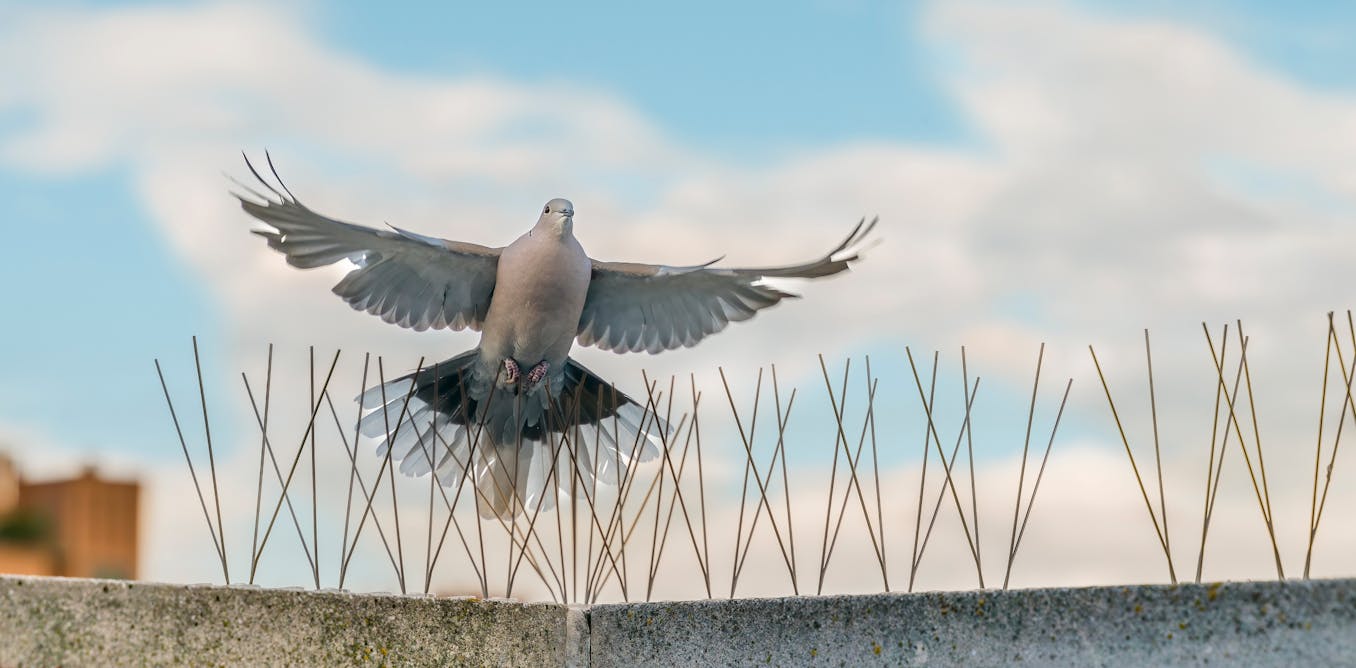
The post “What birds can teach us about repurposing waste” by David Farrier, Professor of Literature and the Environment, University of Edinburgh was published on 06/02/2025 by theconversation.com










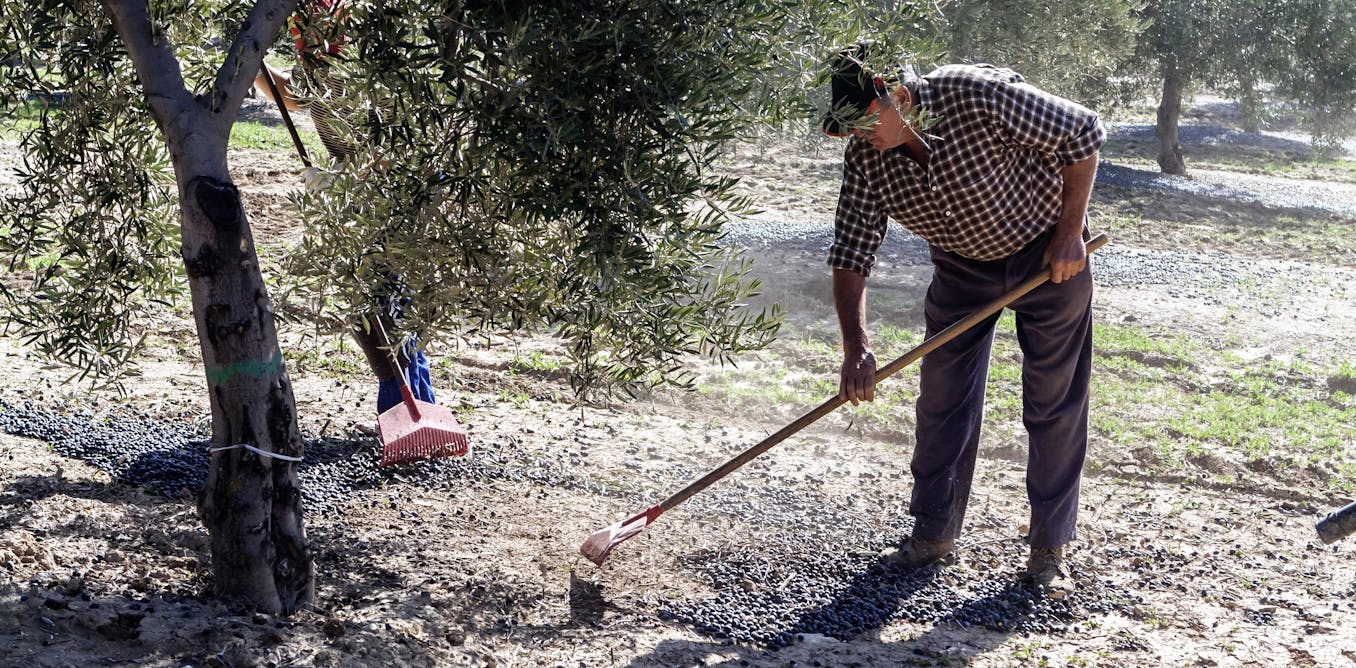















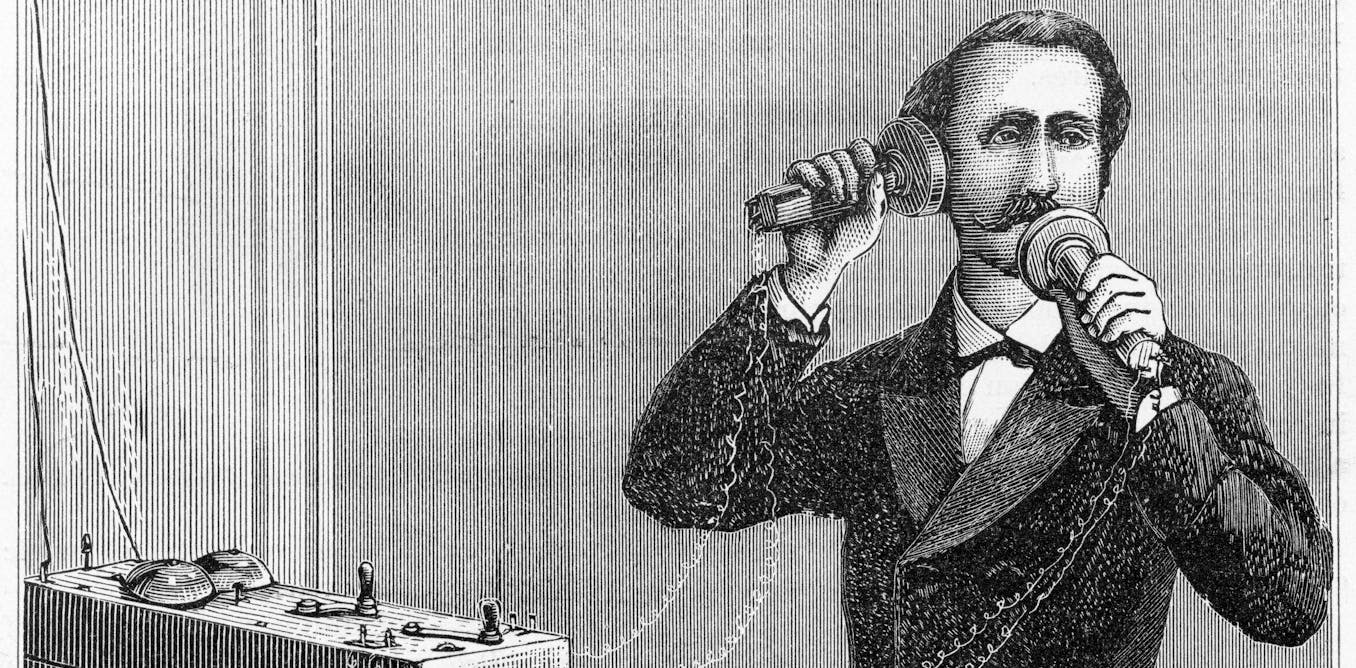




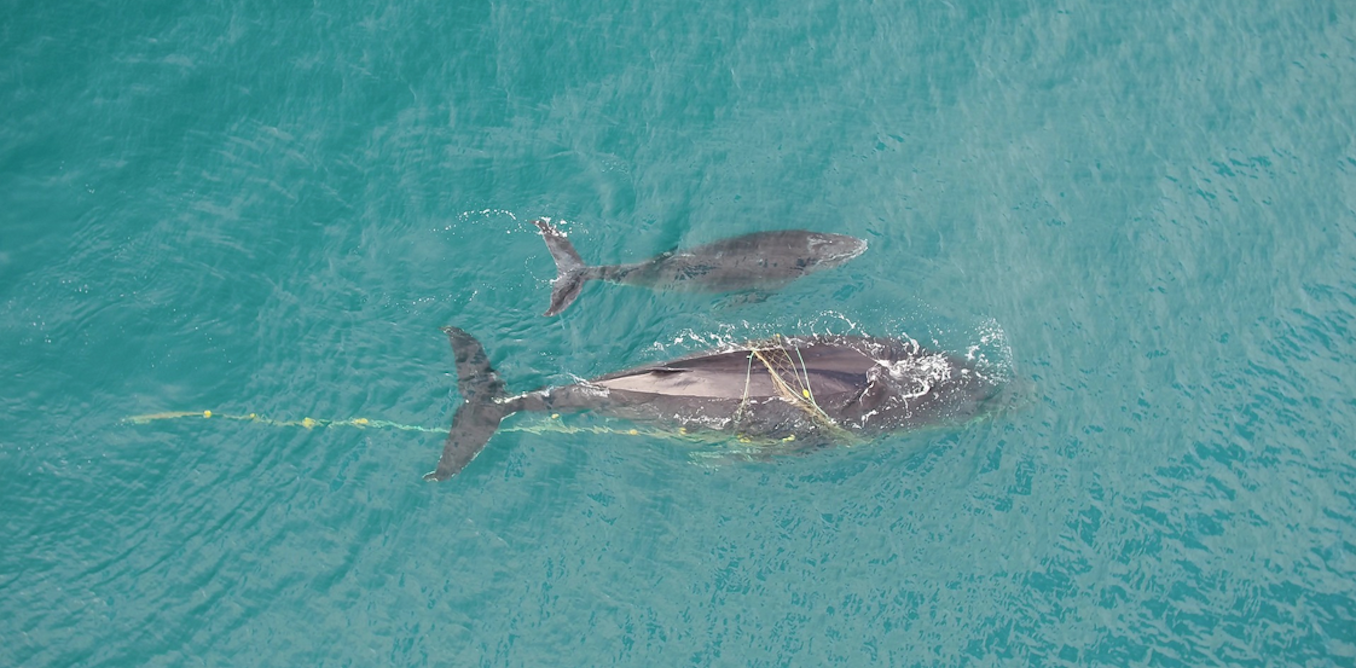



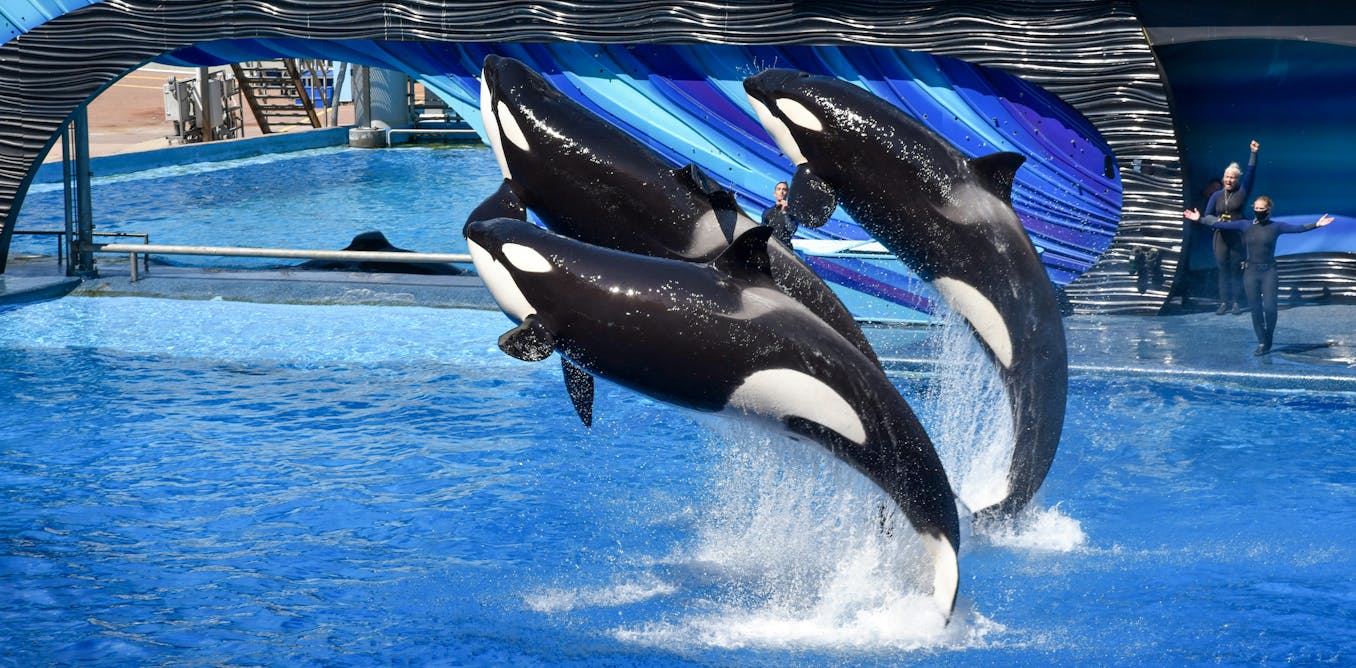

Leave a Reply